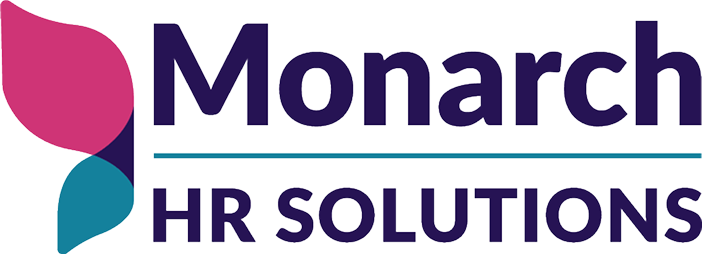By Kimberly Kafafian
I’m 5 minutes late to every meeting. I don’t do it on purpose and my only explanation is that my neurodiverse brain has set my internal clock 5 minutes slow. I try and try and try, and yet I’m still 5 minutes late. I’ve asked my team, humbly, to accept it and they have. Why? Because simply, an inclusive workplace is good for business. Inclusivity is not just a hot topic or a trend. It’s a practice that drives real results – and one that companies should be embracing and supporting if they want to thrive and grow.
As an HR professional, I’m fortunate to have a close up look at how organizations benefit from a diverse workforce. In my experience, when leadership creates a workplace environment where everyone feels welcome, valued, seen and respected, great things happen, including:
- Happier, more productive employees
- Improved morale
- Greater collaboration, which boosts problem solving
- Increased creativity, driving innovation
- Diverse perspectives that generate new ideas
- Higher job satisfaction and lower turnover
- Better recruitment of top talent
I often come across clients who are all in on the concept of building a culture of inclusivity, but simply are stuck when it comes to devising a strategy. To help put this concept into perspective, I like to break down for them the characteristics of an inclusive workplace culture. Doing this takes the abstract concept of inclusivity and makes it more concrete and attainable.
9 Components of an Inclusive Workplace Culture
To create an inclusive culture, you need to understand the characteristics that make up its foundation. Let’s break it down.
1. Belonging
Inclusive environments make employees feel like they are welcome and accepted for who they are. It’s important to build a culture where workers believe they are important parts of something bigger.
2. Having a Voice
One of the biggest benefits of an inclusive workplace is the free flow of ideas. That can only be achieved if employees are encouraged to share their thoughts and if their viewpoints are wanted.
3. Feeling Valued
No one is going to do their best work if they don’t believe they are appreciated. Leadership needs to ensure that every team member feels they are recognized and respected.
4. A Collaborative Environment
When you break down silos and bring together varied talents, different skill sets, and differing levels of knowledge, you create the opportunity for new ideas to flow, enhancing innovation and boosting problem solving.
5. Career Development Opportunities
Companies that provide learning and development opportunities demonstrate to their workforce that they have a genuine concern for their growth and career aspirations, regardless of position level and background.
6. Inclusive Leadership
If you want to create an inclusive culture, all actions need to start from the top down. Leadership must set the tone and commit to diversity across the entire enterprise.
7. Authentic DEIB Initiatives
Organizations can’t just talk the talk, they also must walk the walk with authentic DEIB initiatives by demonstrating their commitment through actions, such as placing diverse employees in high-profile positions.
8. Recognition of Differences
A color blind approach does more harm than good. Diversity should be recognized and celebrated so that employees truly feel like they can be themselves. And this is particularly important in relation to neurodiversity. Leadership needs to understand the differences so they can build a culture that addresses each worker’s specific needs.
9. Access to Resources
Today’s workforce wants to know that you genuinely care about them. So, it’s important to provide the resources they need. This can take various forms, from support from management to health and wellness programs.
What are you doing to improve inclusivity in your organization?

